








TIDBITS® LISTENS WITH THE HUMAN EAR
by Janet Spencer
People often ask the rhetorical question: “If a tree falls in the forest and no one is there to hear it, did it make a sound?” This philosophical debate centers around the question: “What is sound?”
WHAT IS SOUND?
• Sound is an audio vibration which travels through the air until it hits an intricate and impossibly small set of mechanisms in the ear. This translates the vibration into electrical impulses which are interpreted by the brain.
• So is sound the vibrations of the tree falling in the forest, or is sound the electrical impulses received by the brain? On a more deeply philosophical level, does sound- or anything- even exist if no one is there to perceive it?
• To consider this question, let’s discuss sound, and hearing. Here’s a brief simplified explanation of how the human brain listens to that tree falling in the forest.
HEAR HEAR
• What is sound, and how do we hear? In simple terms: vibrations in the air are turned into pressure waves in water, which are transformed into electrical impulses, that are translated by the brain. Here are the basics about how the system works. (cont































Of The Mid-Ohio Valley
is Published & Distributed Weekly By: CindAl Publishing Company 812 55th St. Vienna, WV 26105 e-mail: alan@tidbitsmov.com
Advertising: 304.210.3812
We reserve the absolute right to accept, reject, discontinue or refuse any advertisement personal or commercial that we deem may not be conducive for our publication or Tidbits®. The publisher does not assume any responsibility for the claims of its advertisers. Tidbits® is committed to remain a family oriented publication. www.tidbitsmov.com
THE HUMAN EAR
• The ear is a funny-looking flap of skin but it’s actually perfectly shaped to funnel sound waves into the ear canal. It’s the right shape for catching the frequencies of the human voice. The weird contours break up incoming sound, allowing you to tell if it came from above or below, behind or in front. Because you have two ears spaced several inches apart, you hear sounds from two slightly different angles which allows you to pinpoint exactly where the sound originated.
• Once they reach the ear, sound waves must first be amplified, then turned into electrical signals, before being sent to the brain to be translated. All this happens in the three chambers of the ear.
• Sound waves travel through the inch-long ear canal and encounter the eardrum, the seal stretched taut over the air-tight chamber of the middle ear. The eardrum is also called the tympanic membrane, and the middle ear is called the tympanic cavity, from the Latin word for drum. The eardrum is about half the size of a dime.
• Inside the hollow chamber of middle ear, a tiny delicate bone called the malleus rests against the eardrum. The name “malleus” comes from the Latin word for hammer, from which we also get mallet and maul. The malleus is commonly called the hammer.
• When musicians bang on a drum, the drumsticks hit the membrane stretched over the top of the drum, causing it to vibrate. In the human ear, it’s backwards: the eardrum vibrates when sound waves hit it. The handle of the hammer picks up those vibrations and the head of the hammer passes them on to the next bone: the incus.
• “Incus” is Latin for anvil, which is the common name for this middle bone. The anvil further amplifies the sound waves and passes them onto the third bone in the middle ear, the stapes. (cont)





In this issue of TidbitsMOV our boy Tommy Tidbits is hiding When you find him, to enter the weekly contest, please send us a message including your name, POSTAL MAIL address, the issue number you are referring to and which ad is hosting Tommy for the week! Visit www.tidbitsmov.com or send the answer with the above information to alan@tidbitsmov.com OR you may send us a private message to our Facebook page - Tidbits MOV. PLEASE do not post the answer directly to the page - that ruins the fun for everyone. All winners will be drawn randomly from correct responses and will be posted weekly. As with all our contests, though you are welcome to play every week, you are only eligible for one winner per household per month.











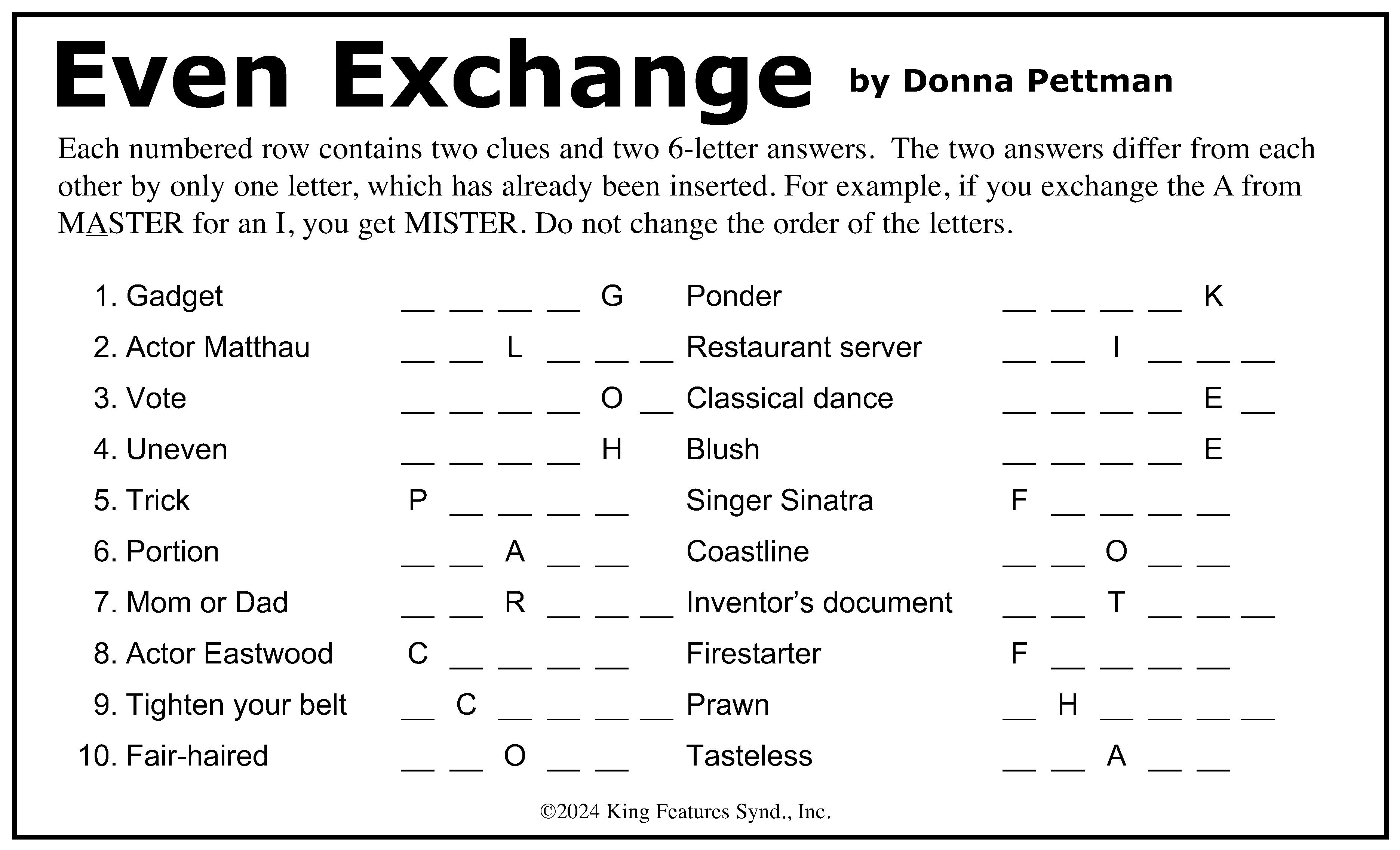









THE HUMAN EAR (cont)
• The stapes (pronounced “stay-peas”) is also called the stirrup because of its shape. Its name comes from the Latin word meaning “a stand” or “to support” like microphone stand supports a microphone.
• The three bones in the middle ear- the hammer, the anvil, and the stirrup- are the tiniest bones in the body. The stirrup is the smallest of them all, about one-tenth of an inch long. All three bones are about the size of a pencil eraser. They are collectively called the ossicles, meaning “tiny bones.” The name comes from the Greek “osteon” meaning “bone” from which we also get “osteoporosis” meaning “porous bones.”
• The stirrup taps against the “oval membrane” which is the water-tight entrance to the part of the inner ear called the cochlea. The cochlea, pronounced “COKE-leah”, is an inch-long fluid-filled tube coiled into a tight spiral the size of a pea. “Cochlea” comes from the Latin word for snail shell, which it resembles. When the stirrup drums against the oval membrane, the vibrations travel through the water in the cochlea in a series of corresponding waves.
• Clumps of tiny hairs inside the cochlea called “stereocilia” (literally meaning “solid hair”) ride the waves, like seaweed in the surf. Different types of hairs are sensitive to different vibrational frequencies. The hairs at the widest part of the “snail shell” of the cochlea pick up the tight fast waves that result from the highest pitched sounds, and the hairs at the narrowest apex of the spiral react to the longer and lowest vibrations.
• The movements of these hairs cause electrically charged ions to collect at the top of the hairs. The ions flow downward to the bottom of the hair cells, where they stimulate the formation of neurotransmitters. The neurotransmitters then follow auditory nerves to the brain to be interpreted. (cont)






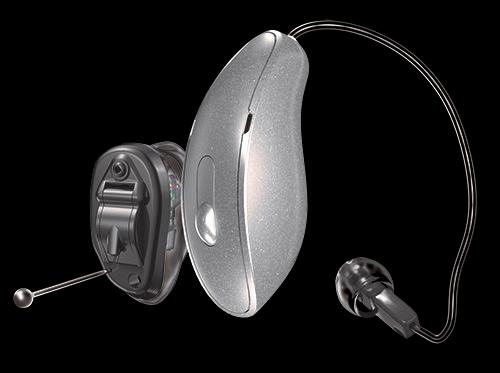
THE HUMAN EAR (cont)
• When the electrical signals reach the brain, they are decoded and interpreted by the brain. According to some scientists and philosophers, this is the moment sound occurs.
EAR FACTOIDS
• The medical name for the ear is “pinna” which is Latin for wing or fin. The outer part of the ears is as individually unique as fingerprints. Some people have even explored technology that could unlock a cell phone when held to the ear.
• The temporal bone, located on the lower part of the skull just above the jaw, is the hardest bone in the human body and protects the ear.
• The Eustachian tube connects the middle ear to the back of the nose and keeps the pressure level even. The rebalancing of air pressure is what causes the popping sensation when flying or driving up a mountain.
• In the inner ear, there are three small loops above the cochlea called semicircular canals. Like the cochlea, they are also filled with liquid and have thousands of microscopic hairs. When you move your head, the liquid in the semicircular canals moves, too, and helps you keep your balance.
CONCLUSION
• So, if a tree falls in the forest when no one is around, does it make a sound? The question was first posed in a magazine called “The Chautauquan” in 1883. The article that followed concluded that no sound would exist without someone or something being present to hear it. A later article in “The Smithsonian” came to the same conclusion, stating: “Sound is vibration, transmitted to our senses through the mechanism of the ear, and recognized as sound only at our nerve centers. The falling of the tree or any other disturbance will produce vibration of the air. If there be no ears to hear, there will be no sound.” Do you think this answer is correct?
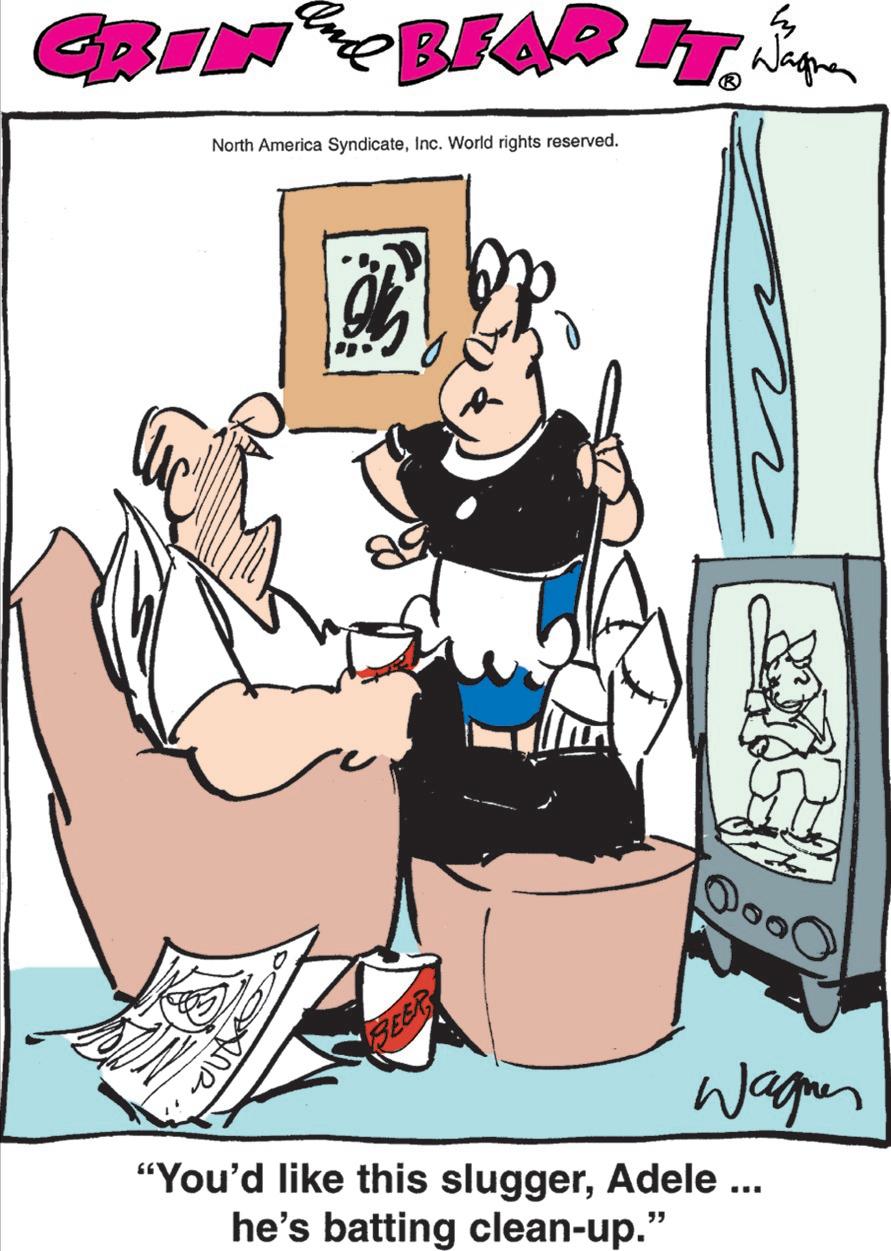


Tomato Takeover: Turning Your Garden Bounty Into Gourmet Delights
Few treats are sweeter than a perfectly ripe tomato. Depending on where you live, it's approaching that time of year every gardener loves. It's time for the tomatoes to explode into abundance. When temperatures are over 85 F, the ripening process slows because lycopene and carotene, the pigments responsible for giving the fruit their orangey red appearance, can't be produced. That's why they ripen later in warmer climates. If this is your case, hold on to these recipes, because you won't want to miss this. When we go from famine to feast, what do we do with all these tomatoes?
Tomato Sandwiches: When you have tomatoes ready to star in the show, splurge on some really good bread and slather it with fresh herbed mayo. Basil is especially good here. Add some thinly sliced cucumber and avocado. This is summer in a sandwich. Add crisp bacon for the ultimate BLT.
Pico de Gallo: There's no cooking, and no recipe needed for this fresh salsa, just measure with your heart. Chop up some ripe tomatoes and add minced onions, jalapeno, garlic and cilantro. Toss this with lime juice and salt, add a pile of tortilla chips and dig in!
ROAST TOMATO GAZPACHO
Yield: 4 to 6 servings
Total Time:35 minutes + chill time
2 1/2 pounds (about 10 medium) tomatoes, cut in quarters
1 large, sweet onion, chopped
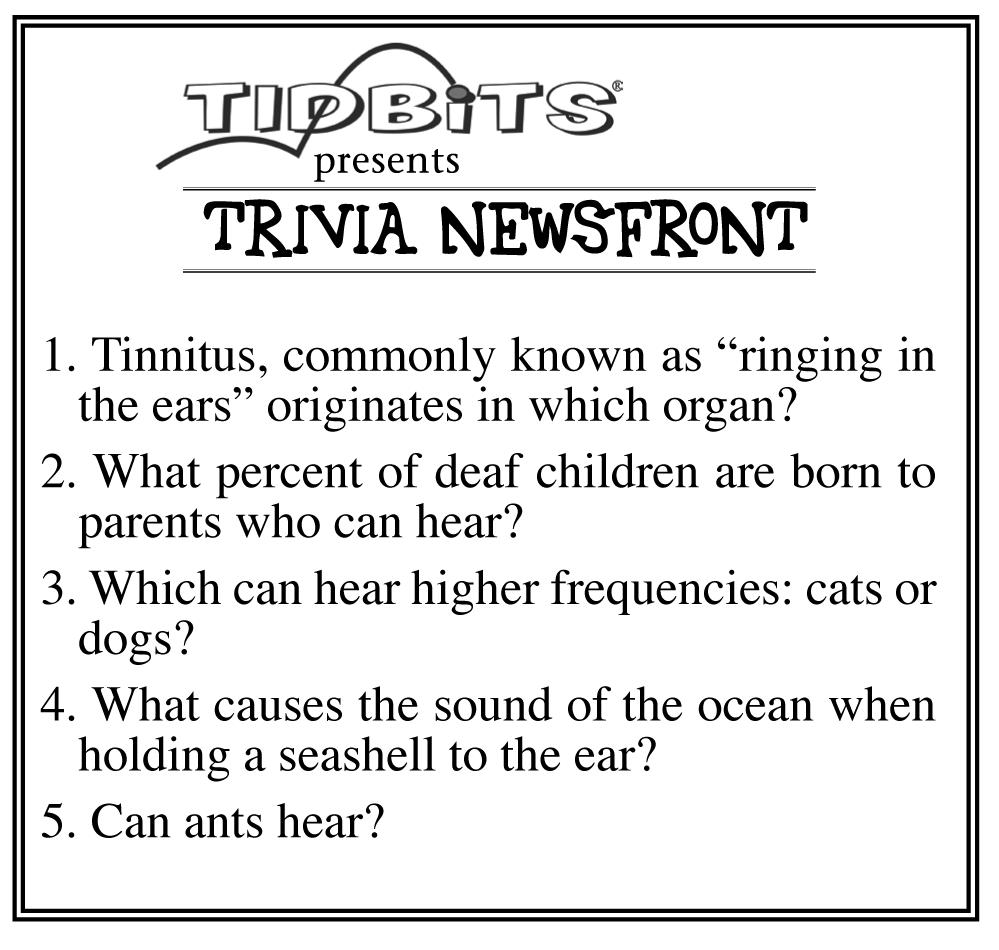
1 red pepper, chopped
4 cloves garlic, smashed
2 tablespoons olive oil
1 cucumber, seeds removed, chopped Salt and pepper to taste
Preheat oven to 425 F. On a sheet pan, place tomatoes, onion, red pepper and garlic. Drizzle with olive oil and roast until nicely browned but not burned, about 30 minutes. Let cool, then place all roast ingredients and juices and the cucumber in a blender and process to a souplike texture. Strain through a fine mesh sieve if desired. Season and refrigerate until ready to serve. Serve cold.
DIVA'S TOMATO JAM
This stuff is ridiculously delicious. Seriously. It will make you popular. So, double this if you want to be really popular.
Yield: 2 cups
Total Time: 50 minutes
2 tablespoons butter
1/2 cup sweet onion, minced
1/2 cup white sugar, divided
2 pounds good ripe tomatoes, coarsely chopped
1 cup light brown sugar
2 tablespoons apple cider vinegar
1 tablespoon crystallized ginger, minced
1/4 teaspoon ground cinnamon
1/8 teaspoon ground cloves
1/8 teaspoon allspice
1 teaspoon salt
1/2 teaspoon cayenne
In a heavy bottom skillet on mediumhigh, melt butter, add onion and 1 teaspoon sugar. Cook until translucent. Add tomatoes and crank the heat to high for five minutes. This lets the tomatoes release a bunch of moisture. Stir constantly to avoid scorching. Add the remaining ingredients and bring the mixture to a boil, stirring to incorpo-
rate. Reduce heat and simmer, stirring occasionally until the mixture has thickened to jam-like consistency. Remove from the heat and allow to cool to room temperature. Transfer to an airtight container and store in the refrigerator for up to 10 days. It won't last that long. And it makes a great gift. Serve this on anything your heart desires! It's great on crackers with cream cheese or goat cheese. Or you can serve it with chicken, pork, salmon, scallops or roasted cauliflower! Or eat it right out of the jar when no one is looking. Delish!
If you still have a plethora of tomatoes after this, here's what you do: Freeze 'em, can 'em, barter 'em, sell 'em or give 'em away! ***
Lifestyle expert Patti Diamond is the pennypinching, party-planning, recipe developer and content creator of the website Divas On A Dime Where Frugal, Meets Fabulous! Visit Patti at www.divasonadime.com and join the conversation on Facebook at DivasOnADimeDotCom. Email Patti at divapatti@divasonadime.com (c) 2024 King Features Synd., Inc.
Sweet and savory: Homemade tomato jam with creamy goat cheese and crackers
PHOTO CREDIT: www.JasonCoblentz.com












BEAUTIFUL BODY EAR and HEARING



• Heinrich Hertz was the German physicist who proved the existence of electromagnetic waves. Today “Hertz” (Hz) measures the pitch of sound by measuring the vibrational frequency of sound waves. A single Hertz is one cycle per second: the fewer cycles, or lower the frequency, the lower the note. The more cycles, or higher the frequency, the higher the note.
• Most humans are able to hear between 20 and 20,000 Hz but our hearing is most sensitive between 2,000 and 5,000 Hz.
• The lowest note on a large church organ is about 32 Hz. Middle C, the middle note on a piano, is 262 Hz. The highest note a soprano singer can reach is around 1,000 Hz.
• Frequencies too high to hear are called ultrasonic, while frequencies too low to hear are called infrasonic.
• Decibel level (dB) measures how loud a sound is. When Alexander Graham Bell invented the telephone, signals were sent over wires. The longer the wire, the more the signals faded out. When the telephone company needed a way to measure how much sound was fading, the decibel was invented. It was named after the telephone’s inventor shortly after he died in 1922. The scale is logarithmic, meaning that an 80 dB sound is not twice as loud as a 40 dB sound, but is instead 10,000 times louder.
• You’re listening to the radio in the car in your driveway. When you’re on the highway, you turn the volume up so you can hear it. This is because sound levels need to be about 10 decibels louder than background noise in order to be heard. This is called signal-to-noise ratio. When the signal -to-noise ratio is too low, such as in a noisy bar or crowded party, no signals get through to your brain because they are overwhelmed by the noise. . (Continued page #7)
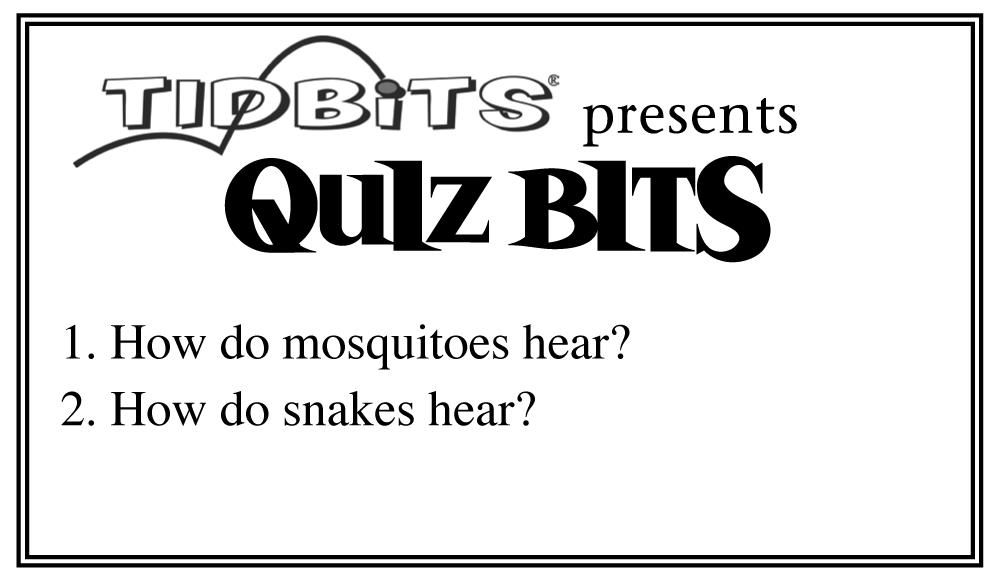
Dr. Bob Says…







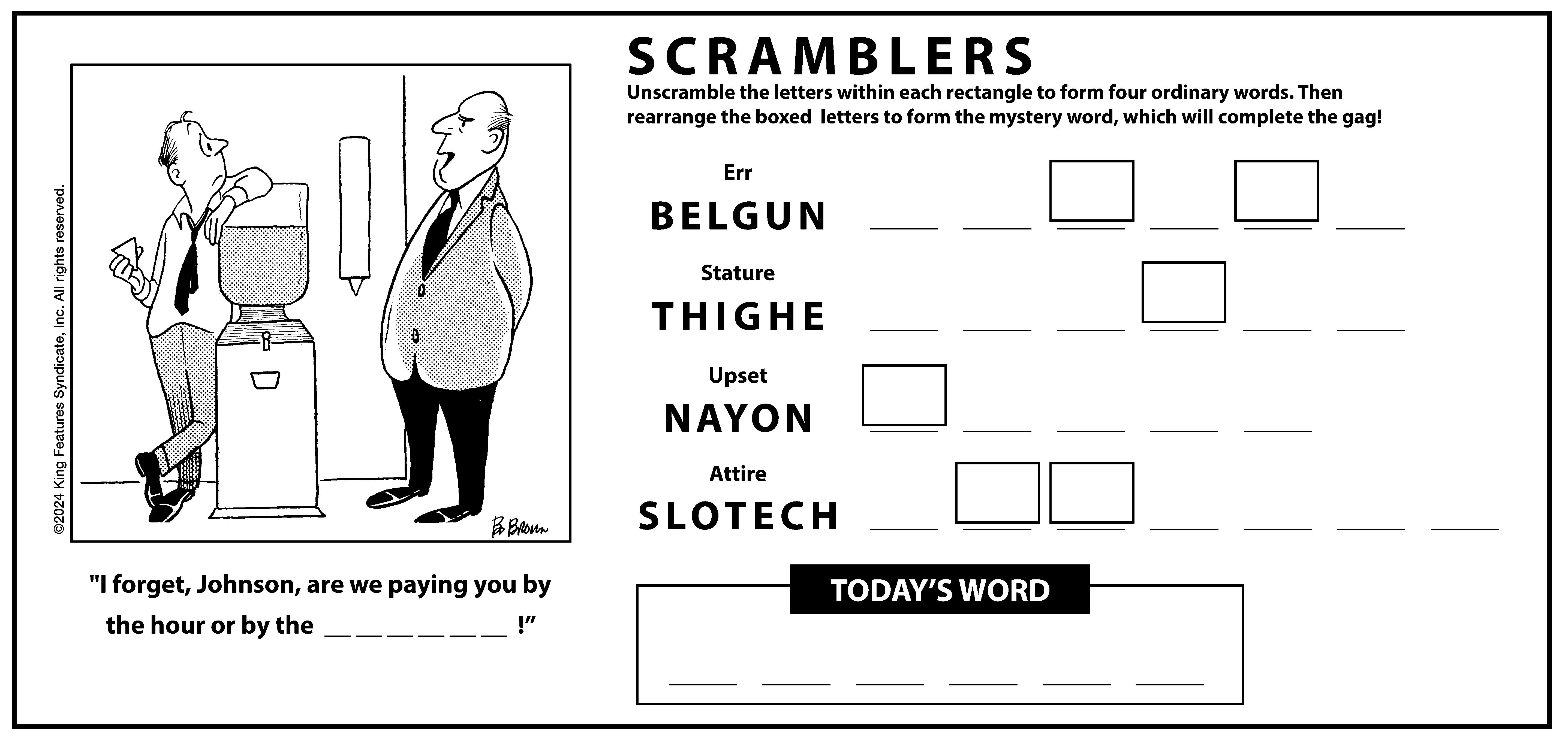




















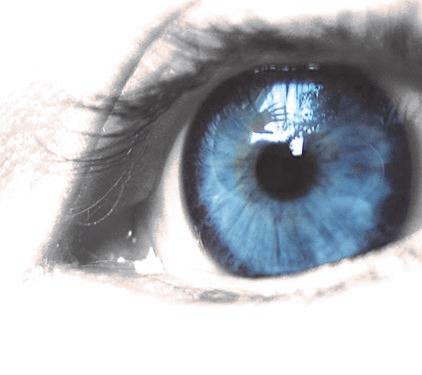









Be a lost pet ally
DEAR PAW'S COR-
NER: My brother and I saw a dog that matched the photo of a lost dog on flyers around the neighborhood. We tried calling him, but he ran off. So we told our mom what happened, and she called the number on the flyer. I don't know if the owners found the dog. We're wondering if we did the right thing. Why did the dog run away? Brian and Sarah in Cincinnati
DEAR BRIAN AND SARAH: You did the right thing by telling your mom so that she could call the owners and tell them where you spotted the lost dog. Don't feel bad about the dog running away: Lost dogs are often shy of strangers. Some will not even come when their owners call. But, by telling them the location, the owners have a much better chance of recovering their dog.
Here's how you can support owners who are searching for a lost pet:
Take a photo of a lost pet flyer with your smartphone. You can instantly refer back to it if you see a pet matching the description.
Don't call or chase a dog or cat if you spot it. Contact the owner as soon as possible and give them the location where you spotted the pet.
If the pet approaches you calmly, try to keep them in place by petting or giving them treats, until you can put a leash on them and bring them to a safe containment area. Contact the owner or local shelter. If the pet appears to be ill or injured, carefully approach and wrap them in an old blanket before attempting to pick them up. If the pet is being aggressive, contact animal control.
Send your tips, comments or questions to ask@pawscorner.com.
(c) 2024 King Features Synd., Inc.








HEARING LOSS
• Sounds over 85 dB can damage human hearing with repeated exposure. It only takes a single exposure to a too-loud sound, such as a shotgun blast, to permanently damage hearing. Loud noises harm the hairs in the cochlea, which can never be repaired. This is the main cause of hearing loss, though ear infections and brain injuries also commonly cause hearing loss.
• As humans age, the tiny sensitive hairs in the cochlea begin to deteriorate, leading to hearing loss.

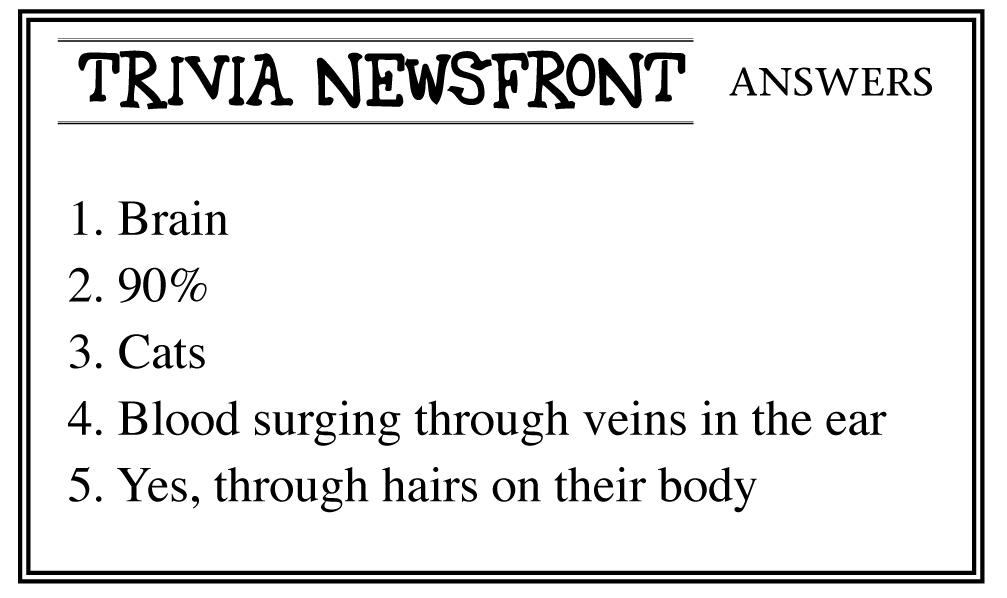



• Age is the biggest factor in hearing loss among adults, with hearing usually beginning to decline between the ages 60 and 69. About 42% of those aged 50 or older have hearing loss, increasing to about 71% of people aged 70 or more. Men are almost twice as likely as women to have hearing loss, though women begin to close the gap after age 70.
• High frequencies almost always are the first to disappear with age-related hearing loss.
• The medical term for age-related hearing loss is “presbycusis.” It comes from the German word “presby” meaning “elderly” along with “akousis” (acoustic) meaning “hearing.” The same root gives us the Presbyterian church which is governed by a group of “elders.”
• Up to three out of every 1,000 children in the U.S. are born with some hearing loss in one or both ears.
• A newborn baby’s ears are still developing at birth, but respond best to high-pitched voices.
• Children with normal hearing in both ears generally process sound and perform auditory tasks better in their right ear until puberty
• According to a study published in “Science” magazine, we hear music better with our left ear, while our right ear is more attuned to speech.


















